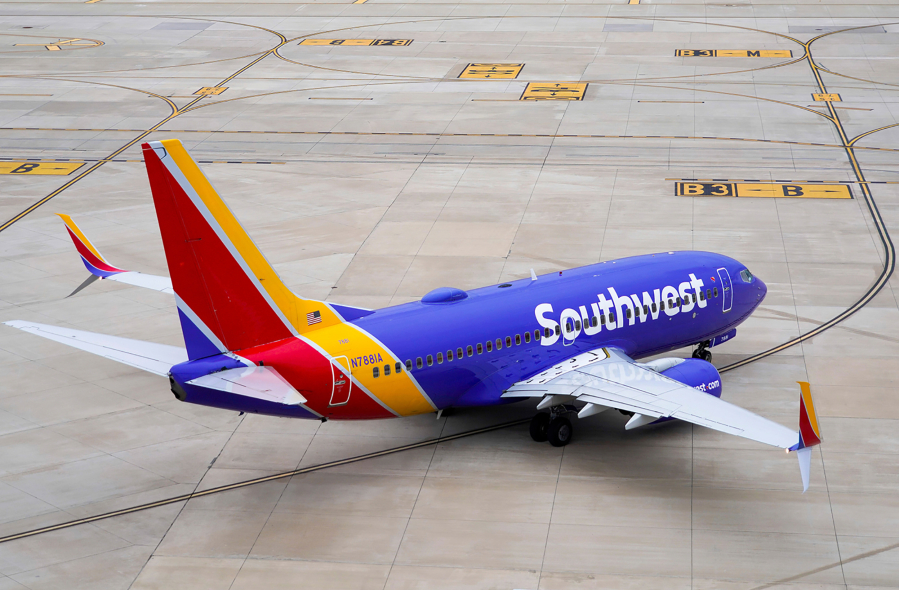As pilots age out of the industry nationwide, major airlines are vying to get ahead of the staffing problem.
With COVID-19 in retreat across the U.S., Americans are ready to travel once more. Nearly 90% have trips planned, according to a May report by Destination Analysts, a market research firm. Although both gasoline and consumer prices are steep right now, almost 61% say leisure travel remains a high priority for their budgets over the next three months.
The survey utilizes data from 4,000 American travelers collected in April.
However, the question remains: Who will fly the plane? The Federal Aviation Administration limits the age of commercial pilots to 65. As pilots age out of the industry and fewer pilots leave the military, the airline industry is rushing to secure new hires quickly, reports management consulting firm Oliver Wyman.
Potential talent is also balking at training costs. For instance, L3Harris Airline Academy, which runs five global academy locations with 10 affiliate airline partners, starts its prices for a commercial pilot license at almost $67,000.



